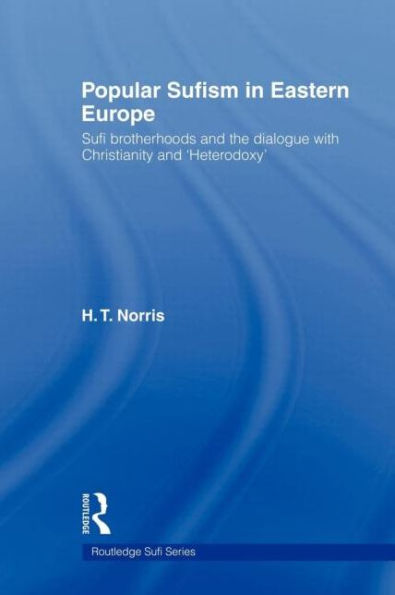5
1

Popular Sufism in Eastern Europe: Sufi Brotherhoods and the Dialogue with Christianity and 'Heterodoxy'
192
Popular Sufism in Eastern Europe: Sufi Brotherhoods and the Dialogue with Christianity and 'Heterodoxy'
192Paperback(Reprint)
$56.95
56.95
In Stock

Product Details
| ISBN-13: | 9780415665148 |
|---|---|
| Publisher: | Taylor & Francis |
| Publication date: | 03/14/2011 |
| Series: | Routledge Sufi Series |
| Edition description: | Reprint |
| Pages: | 192 |
| Product dimensions: | 6.12(w) x 9.19(h) x (d) |
About the Author
From the B&N Reads Blog
